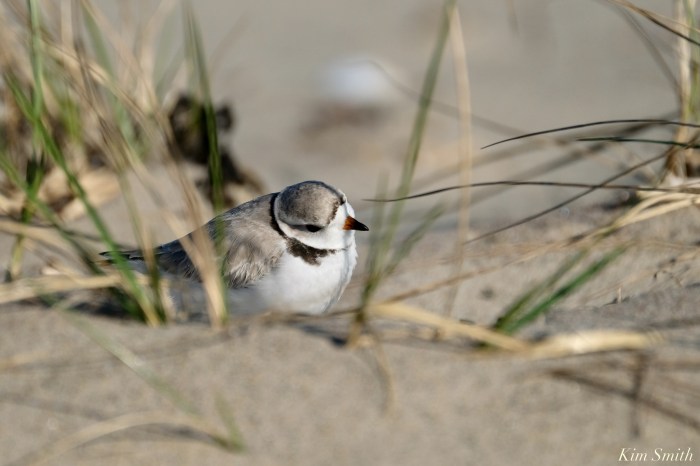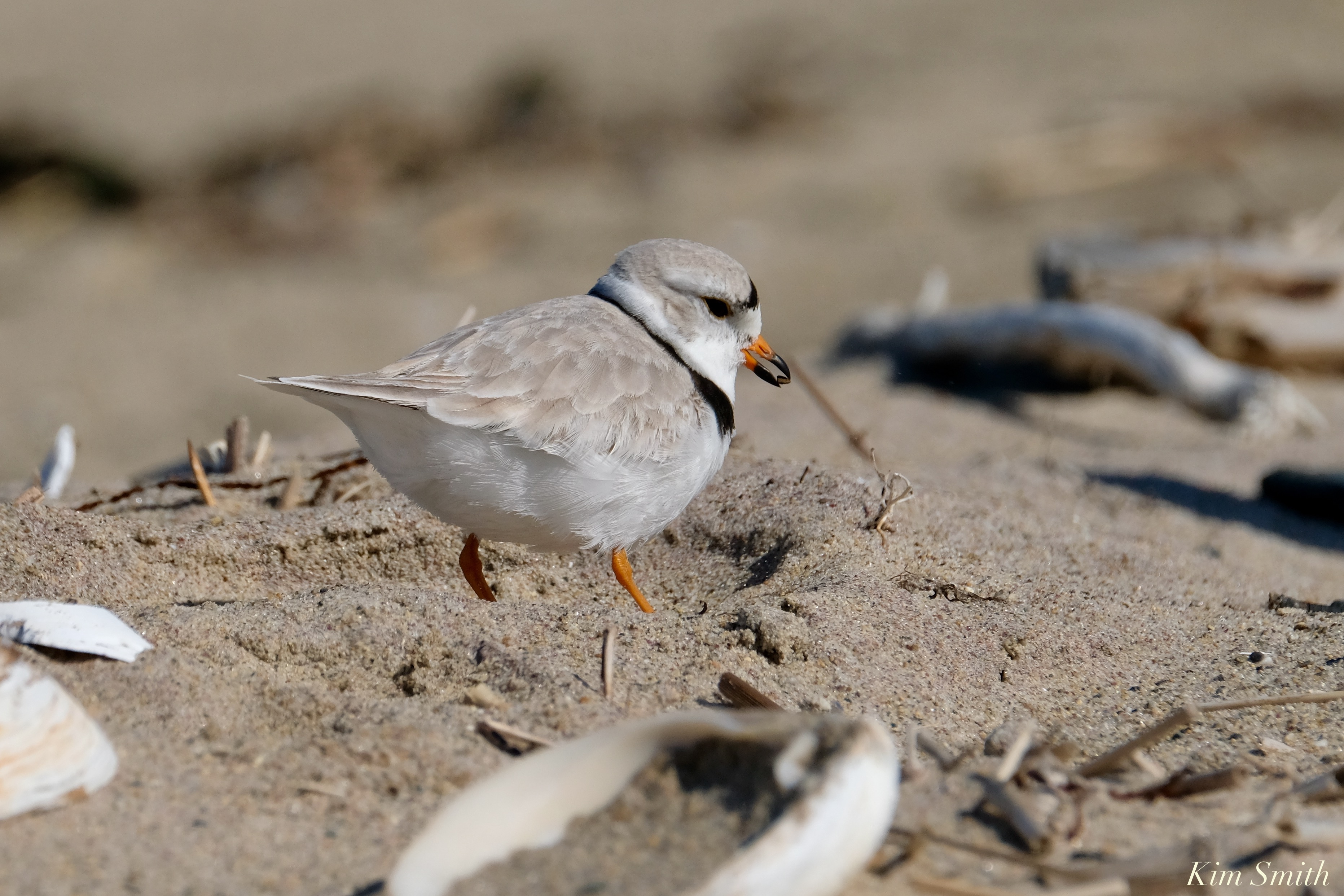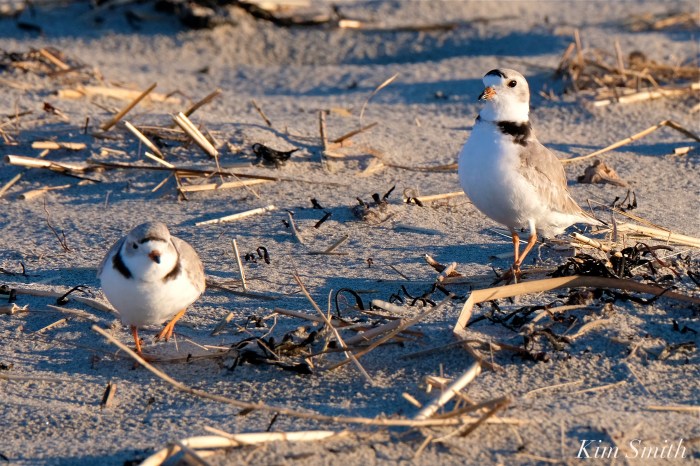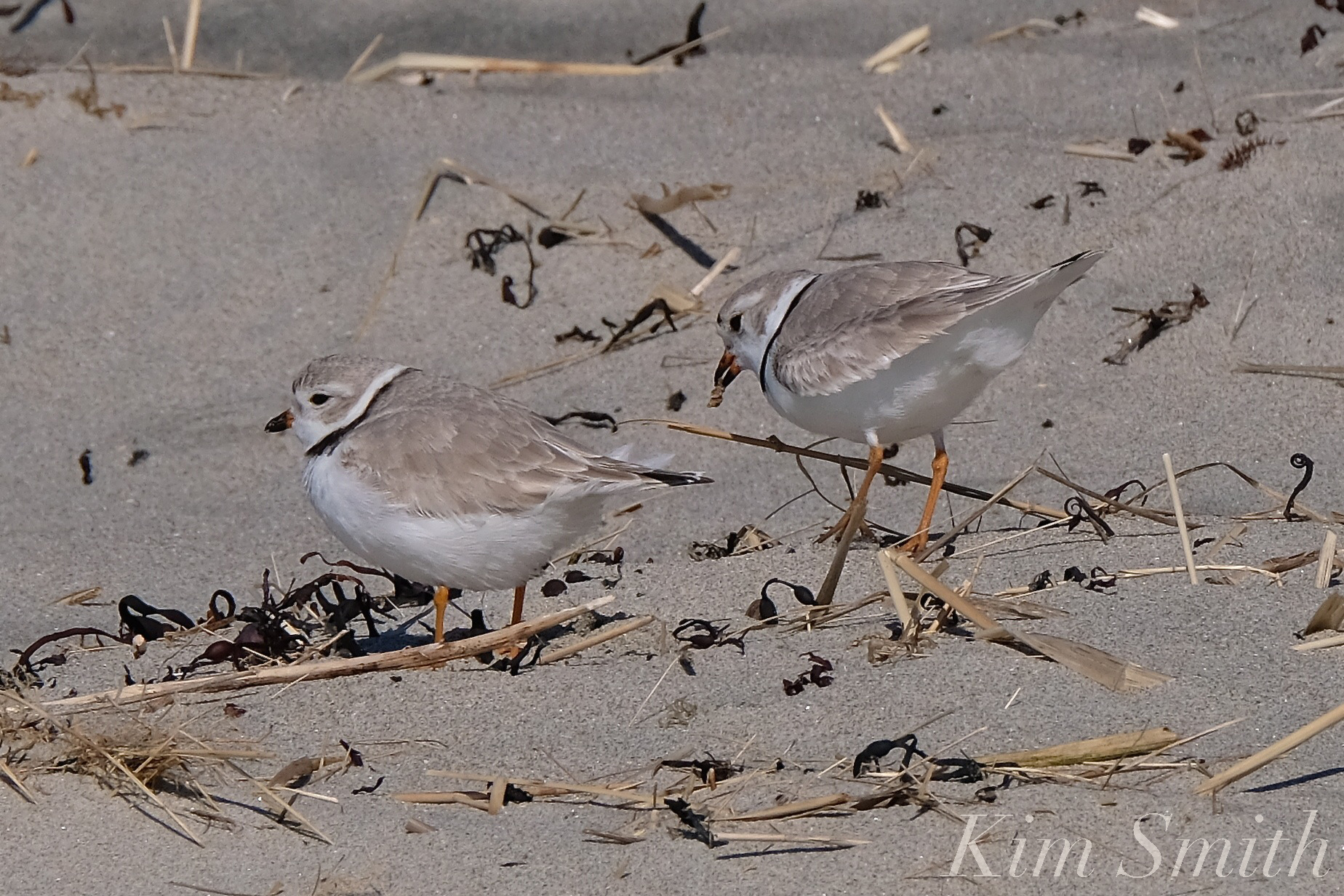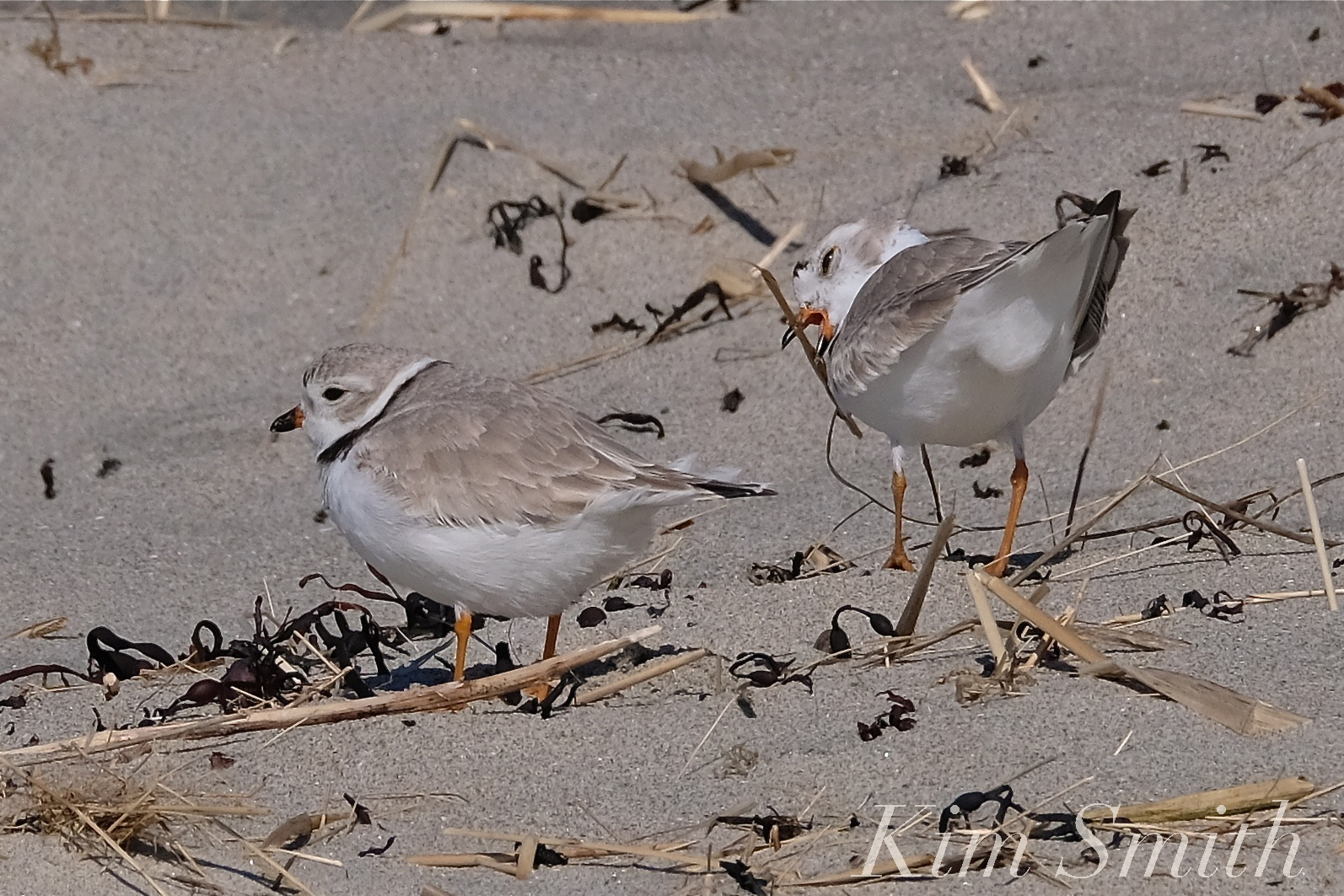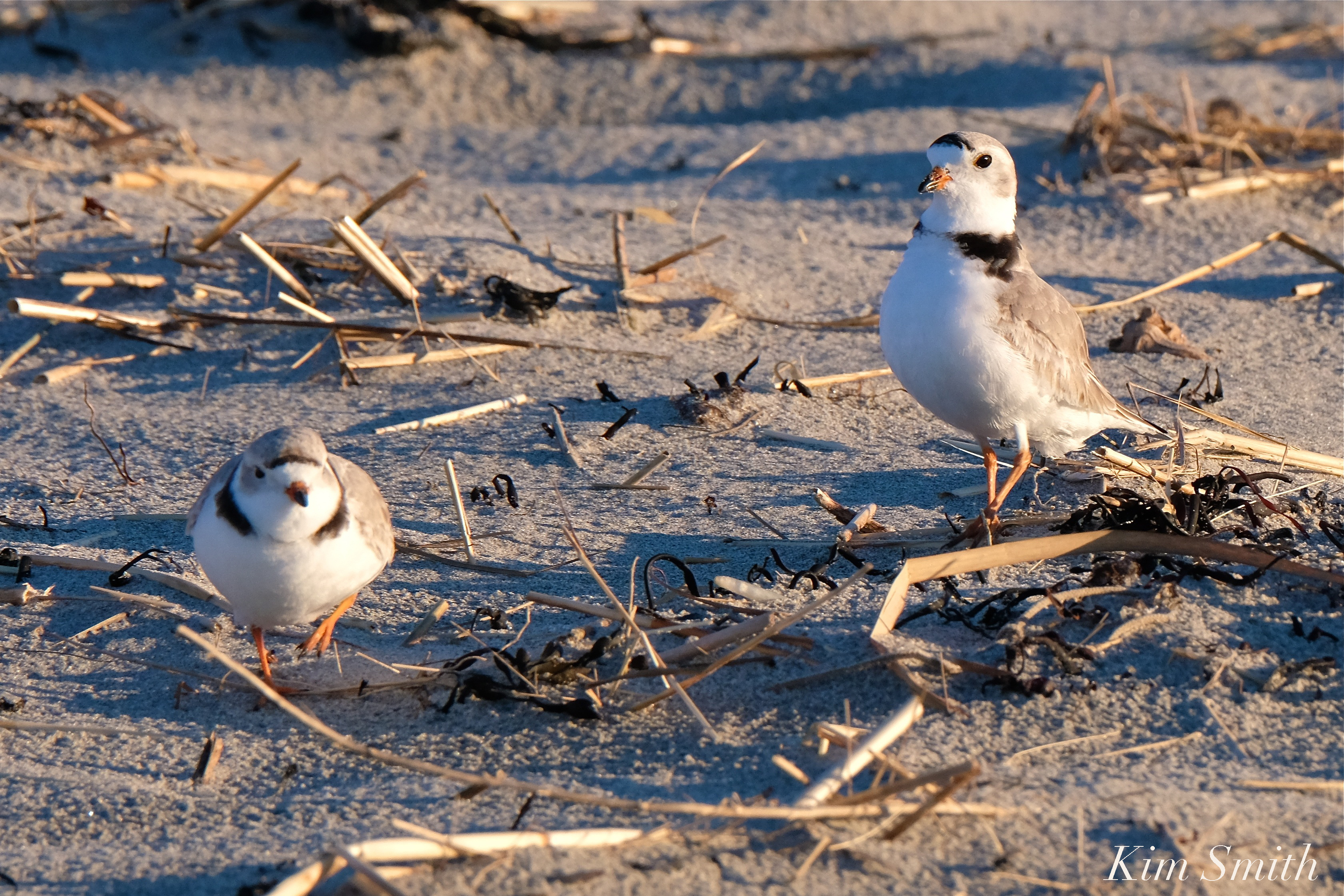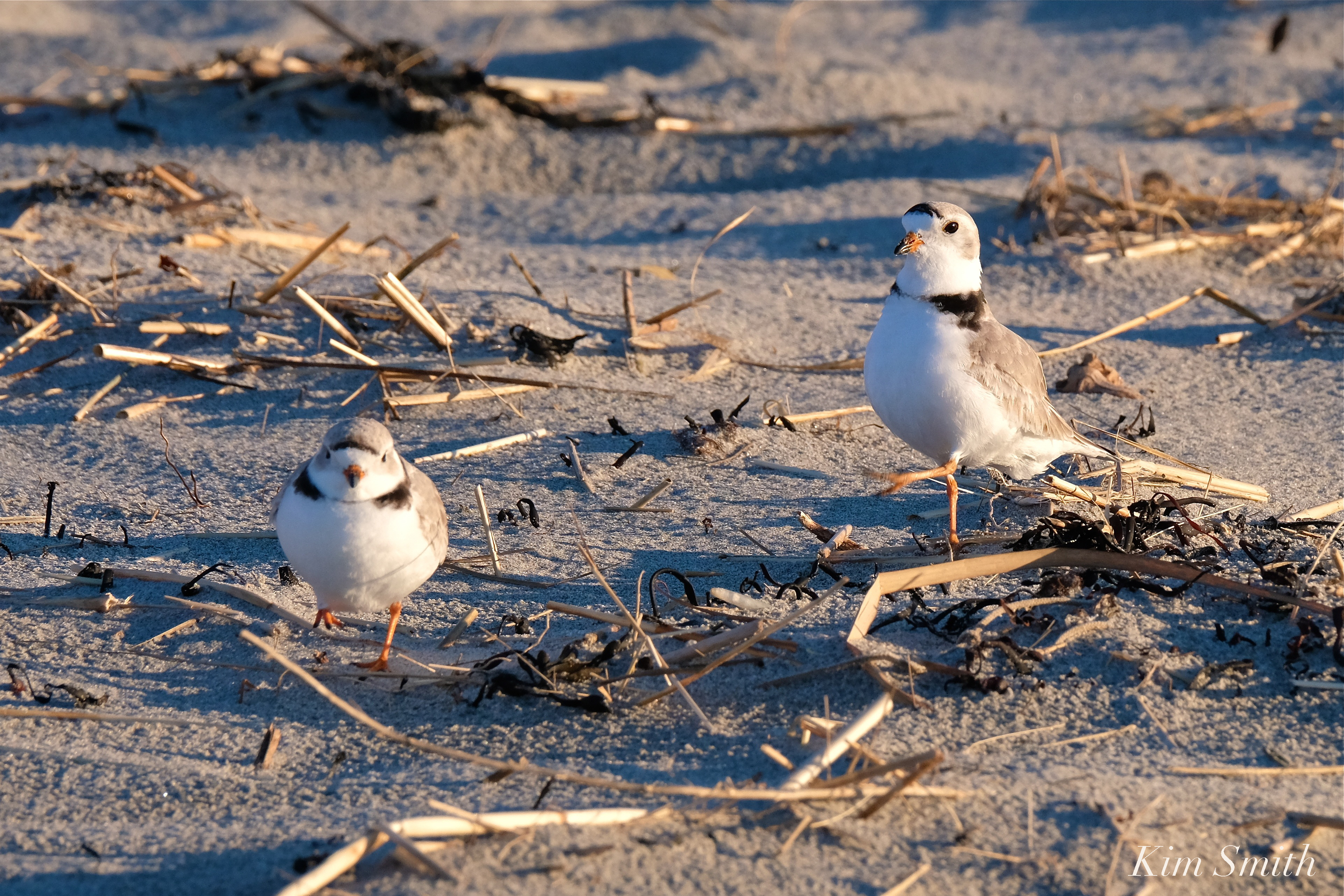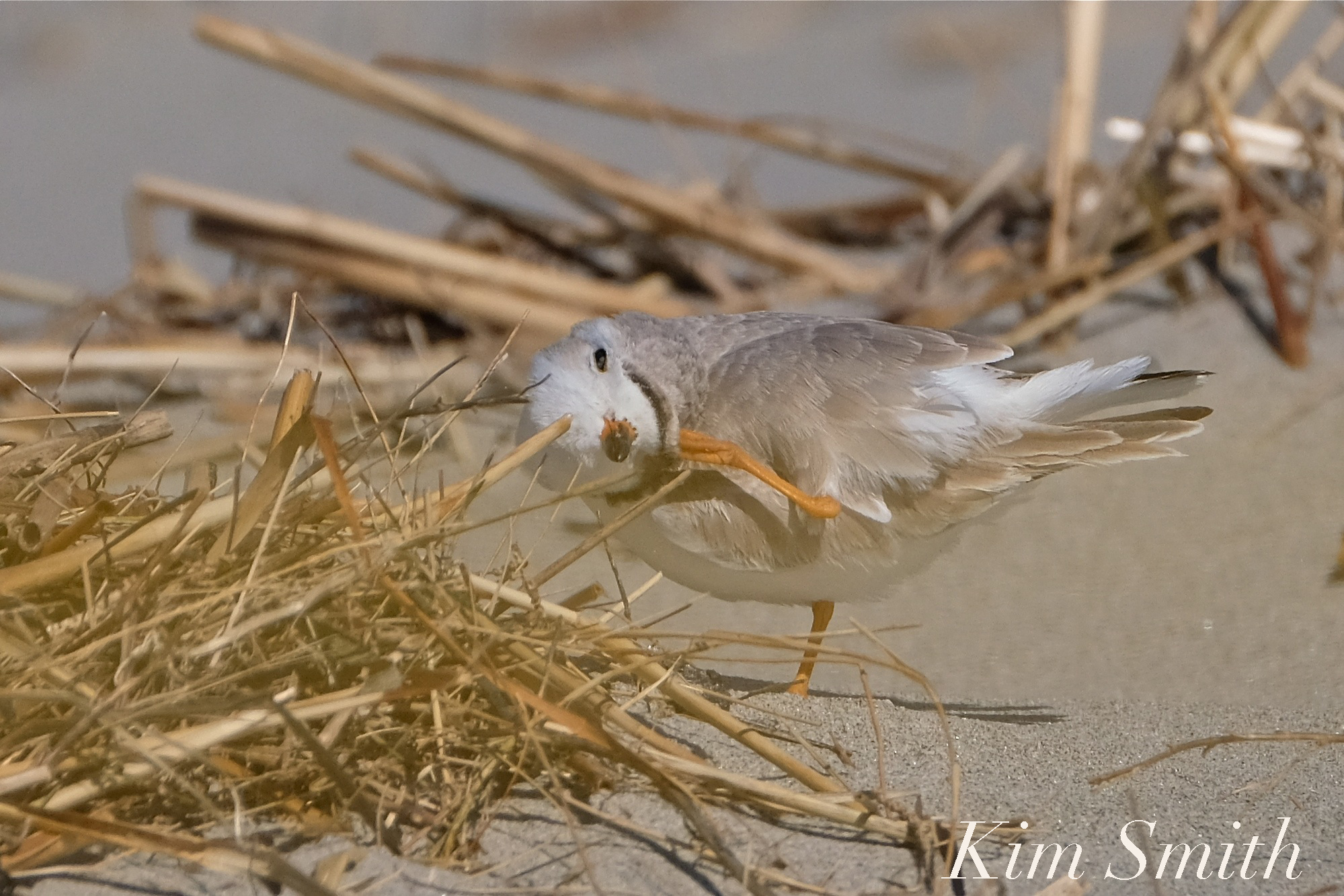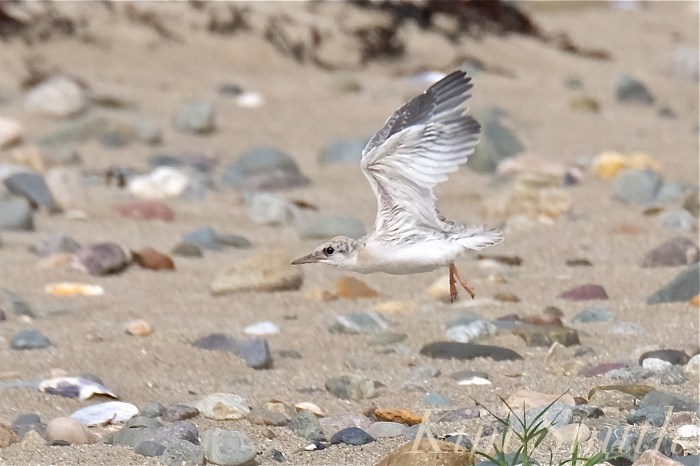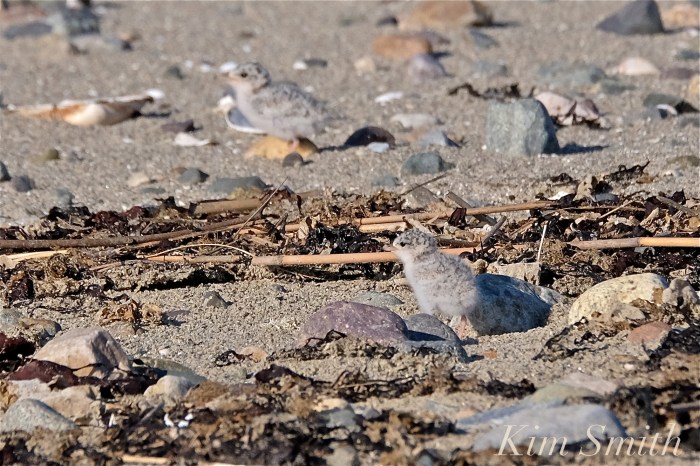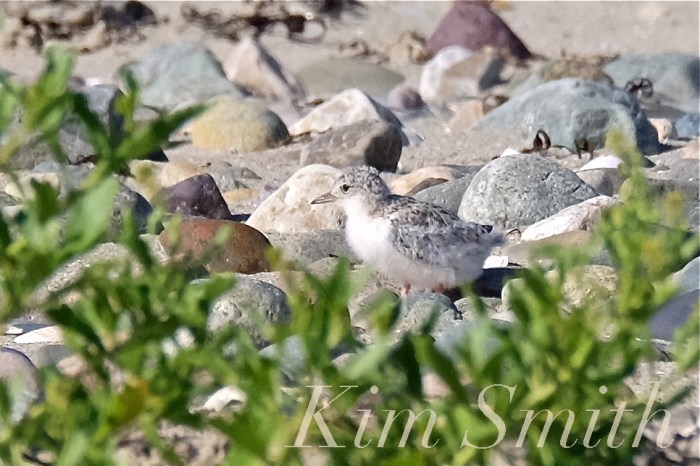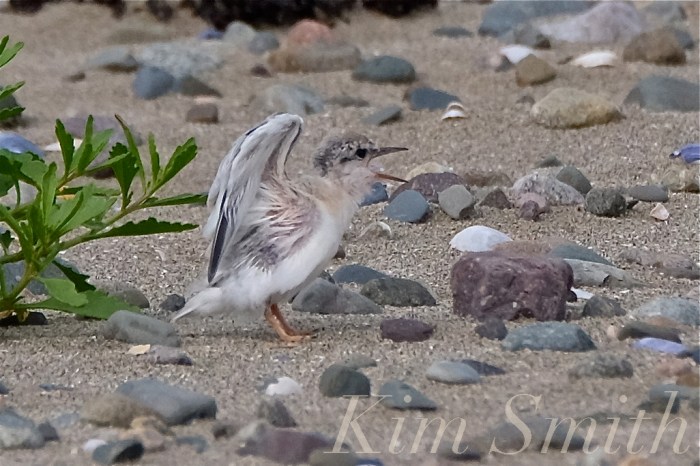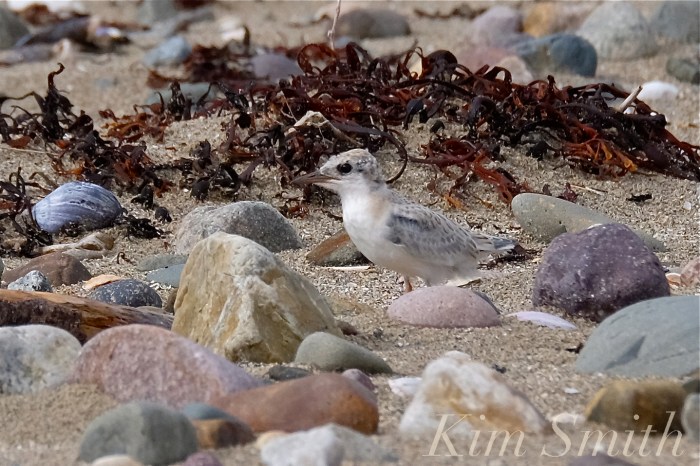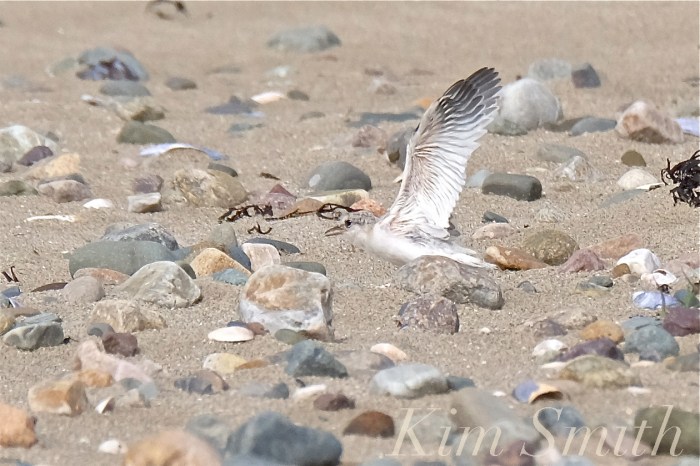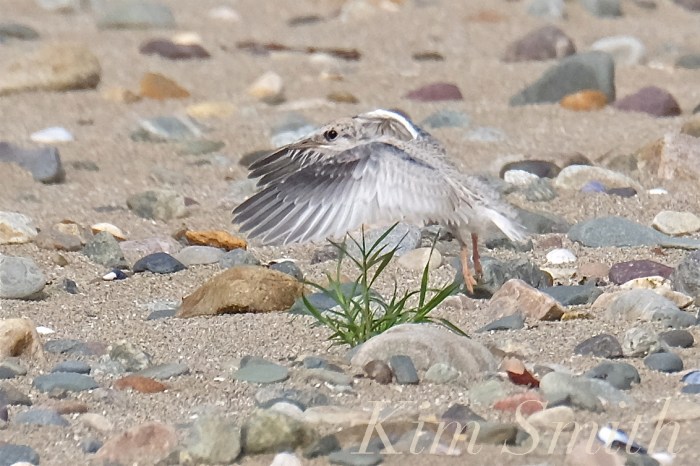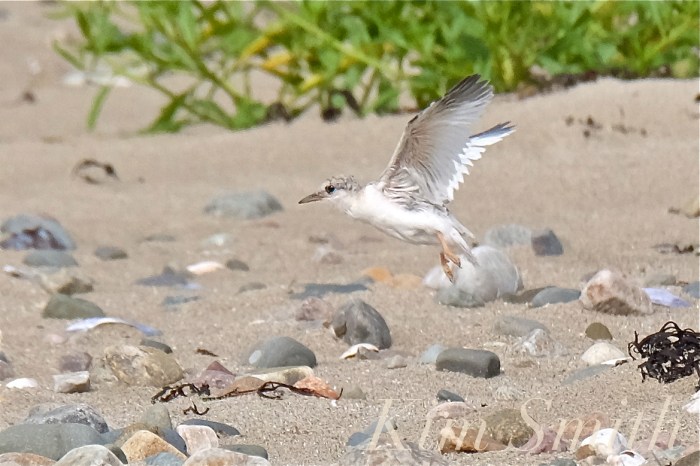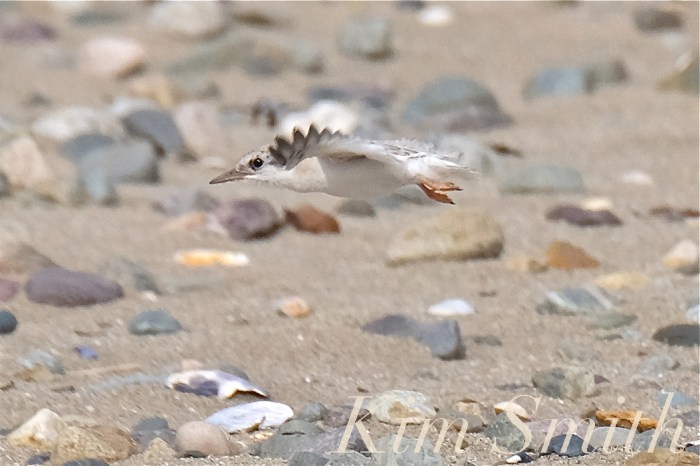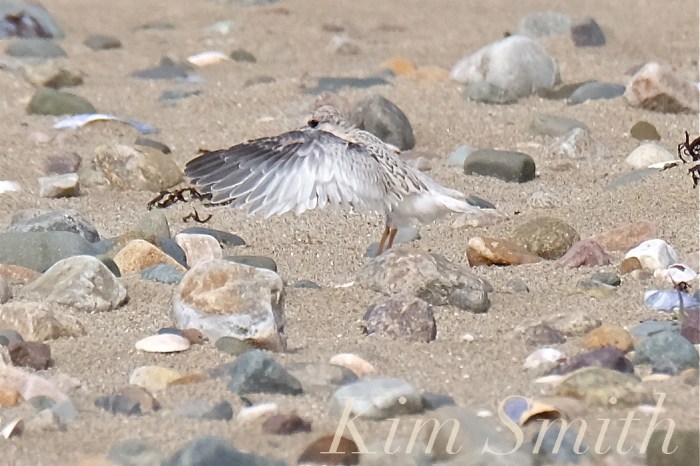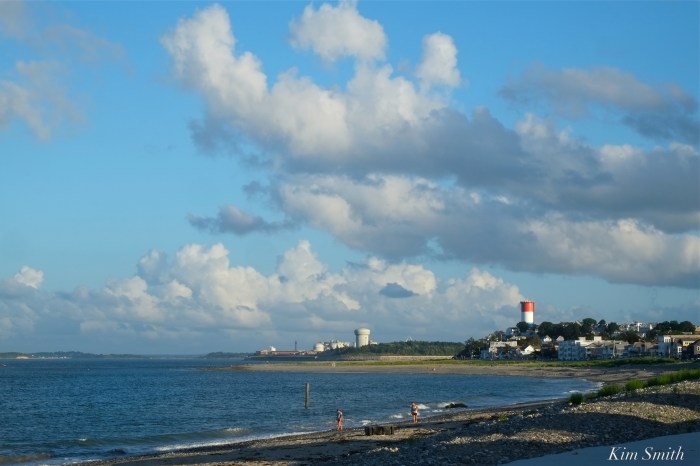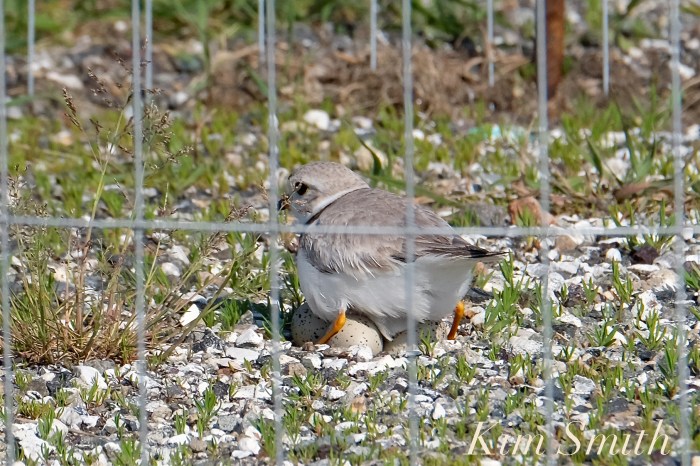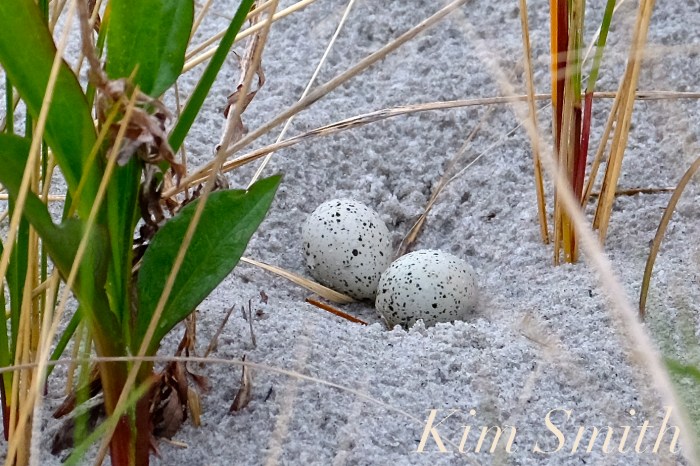Go here to read Part One: Winter
Go here to read Part Two: Spring
PART THREE: SUMMER

The most joyous story about Cape Ann wildlife during the summer months of 2018 is the story of the high number of Monarch butterflies and caterpillars in gardens and meadows, seen not only in strong numbers along the Massachusetts coastline, but throughout the butterfly’s breeding range–all around New England, the Great Lakes region, Midwest, and Southern Canada.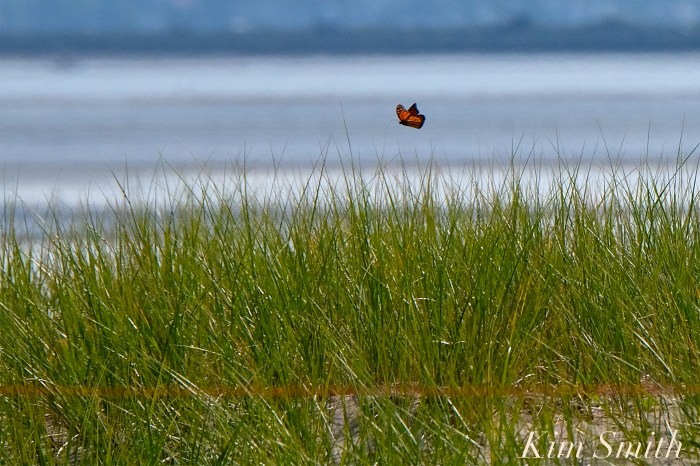
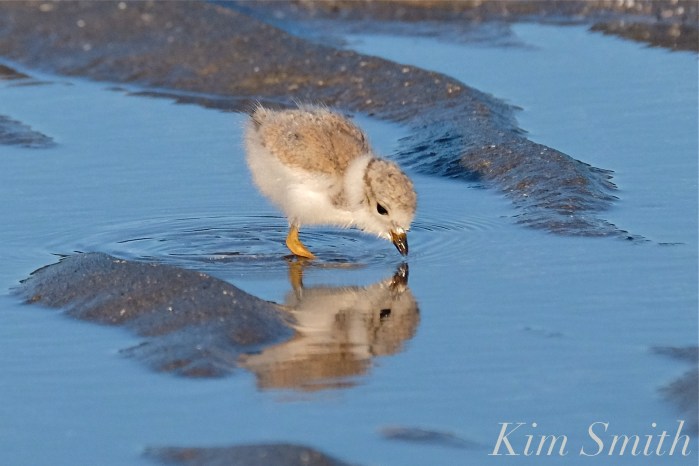
Three days after celebrating the two week milestone of our one remaining Piping Plover chick, Little Pip, he disappeared from Good Harbor Beach. It was clear there had been a bonfire in the Plover’s nesting area, and the area was overrun with dog and human tracks. The chick’s death was heartbreaking to all who had cared so tenderly, and so vigilantly, for all those many weeks.
Our Mama and Papa were driven off the beach and forced to build a nest in the parking lot because of dogs running through the nesting area. Despite these terrible odds, the Good Harbor Beach Piping Plover pair hatched four adorable, healthy chicks, in the parking lot. Without the help of Gloucester’s DPW, the Piping Plover volunteer monitors, Ken Whittaker, Greenbelt’s Dave Rimmer, and the AAC, the parking lot nest would have been destroyed.
These brave little birds are incredibly resilient, but as we have learned over the past three years, they need our help to survive. It has been shown time and time again throughout the Commonwealth (and wherever chicks are fledging), that when communities come together to monitor the Piping Plovers, educate beach goers, put in place common sense pet ordinances, and reduce trash, the PiPl have at least a fighting chance to survive.
Little Pip at twelve- through seventeen-days-old
All four chicks were killed either by crows, gulls, dogs, or uneducated beach goers, and in each instance, these human-created issues can be remedied. Ignoring, disregarding, dismissing, or diminishing the following Piping Plover volunteer monitor recommendations for the upcoming 2019 shorebird season at Good Harbor Beach will most assuredly result in the deaths of more Piping Plover chicks.
FOUR WAYS IN WHICH WE CAN HELP THE GOOD HARBOR BEACH PIPING PLOVERS SUCCESSFULLY FLEDGE CHICKS: OUR RECOMMENDATIONS TO THE MAYOR
 Piping Plover chick testing its wings.
Piping Plover chick testing its wings.
Not one, but at least two, healthy and very hungry North American River Otters families are dwelling at local ponds, with a total of seven kits spotted. We can thank the fact that our waterways are much cleaner, which has led to the re-establishment of Beavers, and they in turn have created ideal habitat in which these beautiful, social mammals can thrive.
Several species of herons are breeding on our fresh water ponds and the smaller islands off the Cape Ann coastline. By midsummer, the adults and juveniles are seen wading and feeding heartily at nearly every body of water of the main island.
In order to better understand and learn how and why other Massachusetts coastal communities are so much more successful at fledging chicks than is Gloucester, I spent many hours studying and following Piping Plover families with chicks at several north of Boston beaches.
In my travels, I watched Least Terns (also a threatened species) mating and courting, then a week later, discovered a singular nest with two Least Tern eggs and began following this little family, too.
Least Tern Family Life Cycle
Maine had a banner year fledging chicks, as did Cranes Beach, locally. Most exciting of all, we learned at the Massachusetts Coastal Waterbird meeting that Massachusetts is at the fore of Piping Plover recovery, and our state has had the greatest success of all in fledging chicks! This is a wonderful testament to Massachusetts Piping Plover conservation programs and the partnerships between volunteers, DCR, Mass Wildlife, the Trustees, Greenbelt, Audubon, and US Fish and Wildlife.
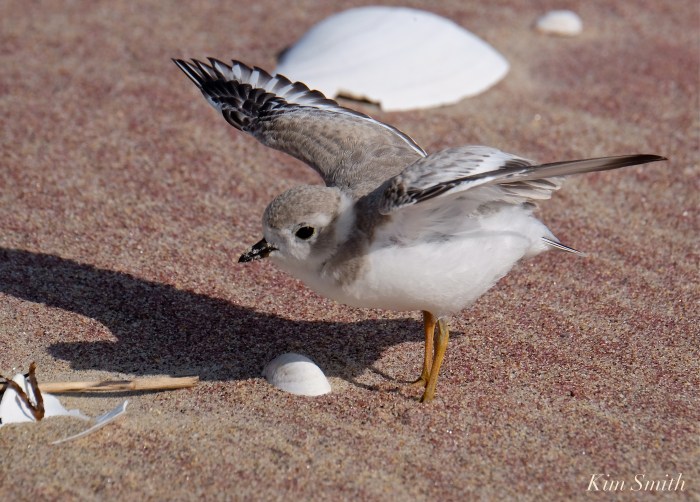 Fledged chick
Fledged chick
 Cape Ann Museum
Cape Ann Museum
Monarch Madness
Friends Jan Crandall and Patti Papows allowed me to raid their gardens for caterpillars for our Cape Ann Museum Kids Saturday. The Museum staff was tremendously helpful and we had a wonderfully interested audience of both kids and adults!
 In August I was contacted by the BBC and asked to help write the story about Monarchs in New England for the TV show “Autumnwatch: New England,. Through the course of writing, the producers asked if I would like to be interviewed and if footage from my forthcoming film, Beauty on the Wing, could be borrowed for the show. We filmed the episode at my friend Patti’s beautiful habitat garden in East Gloucester on the drizzliest of days, which was also the last day of summer.
In August I was contacted by the BBC and asked to help write the story about Monarchs in New England for the TV show “Autumnwatch: New England,. Through the course of writing, the producers asked if I would like to be interviewed and if footage from my forthcoming film, Beauty on the Wing, could be borrowed for the show. We filmed the episode at my friend Patti’s beautiful habitat garden in East Gloucester on the drizzliest of days, which was also the last day of summer.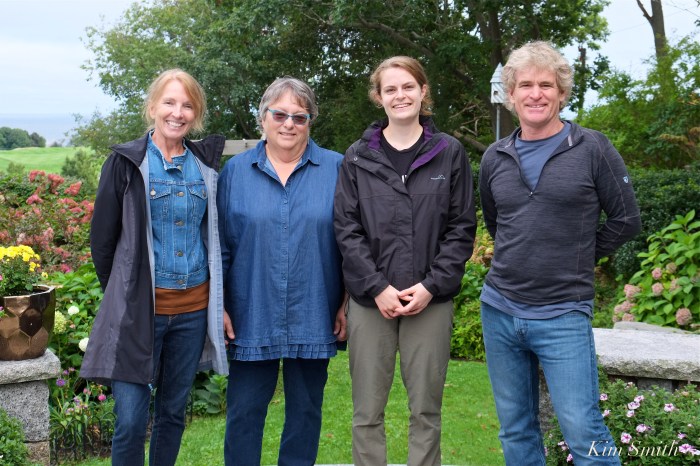
Happy Two-week Birthday to Our Little Pip
Common Eider Ducklings at Captain Joes
Little Pip Zing Zanging Around the Beach
Our Little Pip is Missing
Piping Plover Update – Where Are They Now?
FOUR WAYS IN WHICH WE CAN HELP THE GOOD HARBOR BEACH PIPING PLOVERS SUCCESSFULLY FLEDGE CHICKS: OUR RECOMMENDATIONS TO THE MAYOR
What’s For Breakfast Mama?
42 Pairs of Piping Plovers Nesting at Cranes Beach!
Fishing for Sex
Welcome to Good Harbor Beach Mama Hummingbird!
Least Tern One Day Old Chicks!
Welcome to the Mary Prentiss Inn Pollinator Paradise
Piping Plover Symbolic Fencing Recomendations
Good Morning! Brought to You By Great Blue Herons Strolling on the Beach
Two-day Old Least Tern Chicks
OUTSTANDING COASTAL WATERBIRD CONSERVATION COOPERATORS MEETING!
Stuck Between a Rock and a Hard Place
Grow Native Buttonbush for the Pollinators
A Fine Froggy Lunch for a Little Blue Heron
Snowy Owls in Massachusetts in August!?!
Monarch Butterfly Eggs and Caterpillars Alert
Learning to Fly!
Snapshots from Patti Papows Magical Butterfly Garden
Keep Those Monarch Babies Coming!
A Chittering, Chattering, Chetamnon Chipmunk Good Morning to You, Too!
Butterflies and Bird Pooh, Say What?
Caterpillar Condo
Monarch Madness!
Thank You To Courtney Richardson and the Cape Ann Museum Kids
A Banner Year for Maine’s Piping Plovers
Snowy Egret Synchronized Bathing
Good Harbor Beach Super High Tide
Otter Kit Steals Frog From Mom
Monarch Butterfly Ovipositing Egg on Marsh Milkweed: NINETEEN SIBLINGS READYING TO EMERGE
Monarch Butterfly Rescue
FILMING WITH THE BBC FOR THE MONARCHS!
Spread The GMG Love By Sharing With These Buttons:
 Males and females are pairing up at local beaches
Males and females are pairing up at local beaches Female PiPl keeping out of the path of gusty winds
Female PiPl keeping out of the path of gusty winds Winthrop Shores Reservation ‘Five Sisters’
Winthrop Shores Reservation ‘Five Sisters’